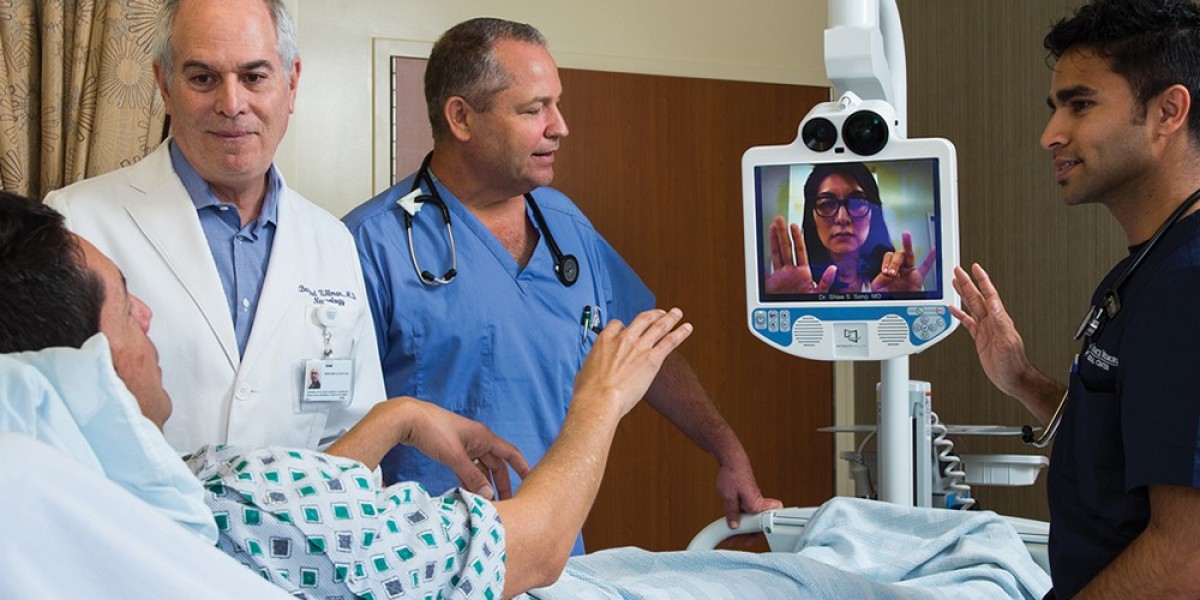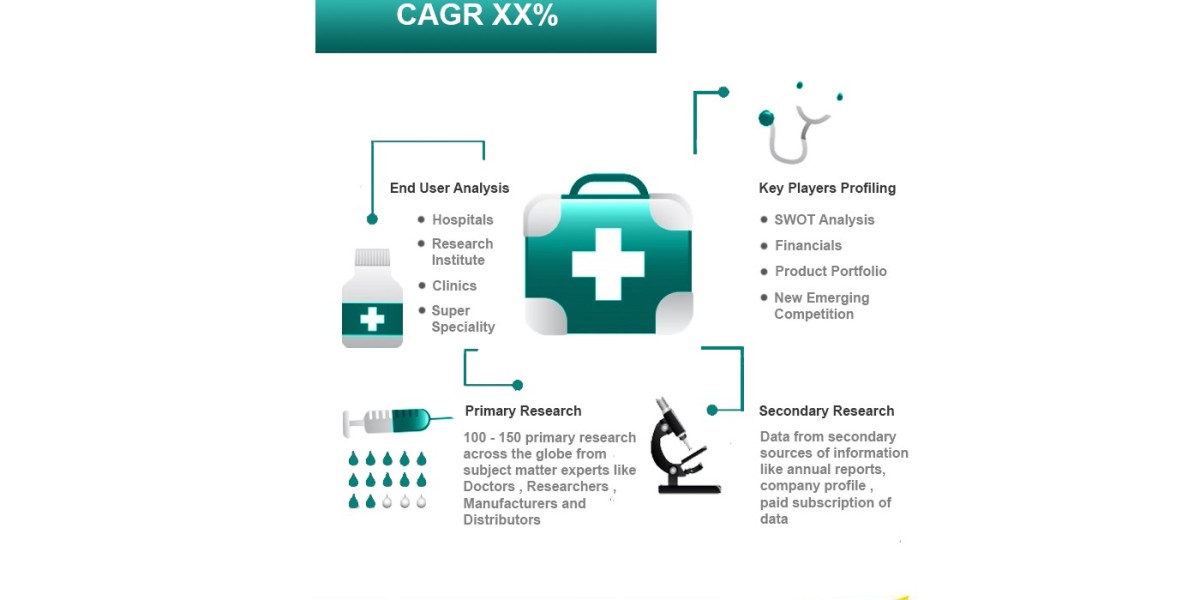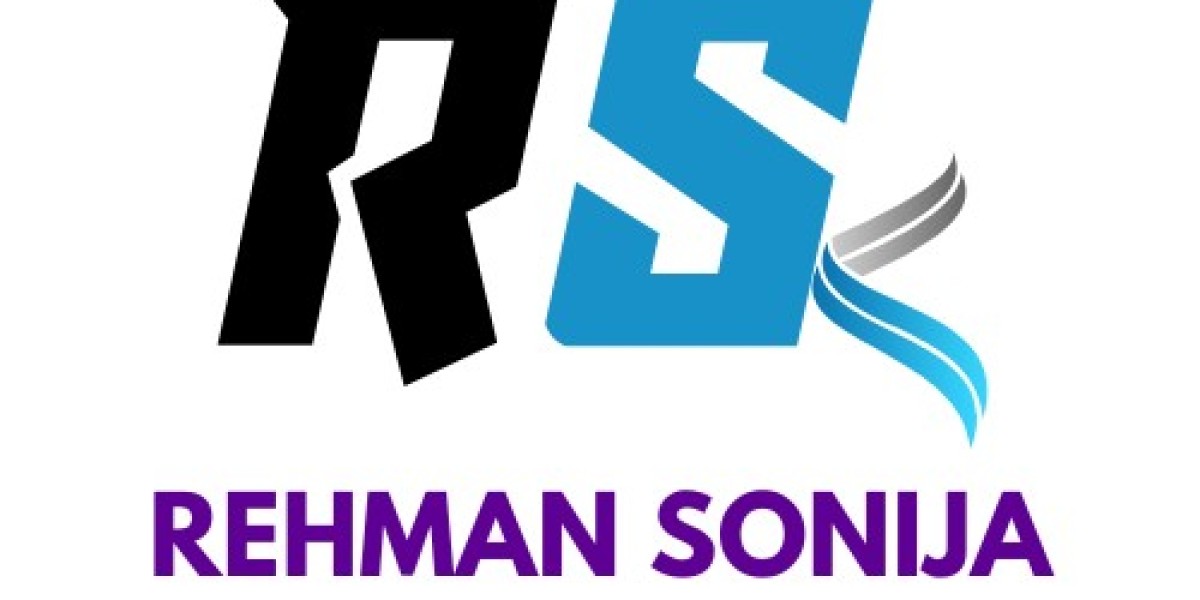Improving Timely Diagnosis and Treatment
Telestroke services play a vital role in connecting patients experiencing stroke symptoms with specialized care as quickly as possible. By utilizing telemedicine technologies, emergency physicians and neurologists can consult on acute stroke cases even when specialists are not physically on site. This allows for expedited diagnosis and treatment decision making. Telestroke cuts down on the time spent transferring or transporting patients between facilities.
Enabling Care in Rural and Underserved Areas
A major benefit of telestroke is expanding access to stroke expertise into rural communities and areas without ready access to comprehensive stroke centers. Approximately 35% of the U.S. population lives in a rural setting. But specialized stroke care is primarily located in large urban hospitals. Via telestroke, even small regional hospitals can offer stroke thrombolysis. Patients no longer have to travel long distances for a neurological evaluation during an evolving stroke. This is especially important given stroke is a true medical emergency requiring rapid intervention.
Improving Hospital Stroke Certification Process
Telestroke Services can also aid hospitals in attaining primary or comprehensive stroke center certification by a governing body like The Joint Commission. Through telestroke, neurologists can provide the necessary remote coverage and consults. This allows more hospitals to attain dedicated stroke center status and its associated quality standards. In turn, more communities gain access to standardized stroke care through a certifiable comprehensive program.
Advancing Stroke Treatment Research
By facilitating the enrollment of more acute stroke patients into clinical trials, telestroke supports advances in treatment. Remote specialists can rapidly exam potential subjects and determine trial eligibility even when an onsite neurologist is not available. This improves recruitment efficiency. Larger trials lead to stronger conclusions about new therapies. Telestroke also generates useful registry data on management practices and outcomes. Aggregated anonymized patient data informs quality improvement efforts and the implementation of evidence-based guidelines on a wider scale.
Improving Post-Discharge Support and Rehabilitation
Telestroke is further being applied to support patients in the transition from the hospital to home after stroke. Video follow ups allow neurologists to monitor recovery remotely and identify any new neurological symptoms promptly. Virtual visits also aid in medication management and ensuring adherence to secondary prevention strategies. Tele-rehabilitation provides an opportunity for stroke survivors to continue therapy in their local communities rather than traveling long distances to specialist centers multiple times a week. Together, these telehealth approaches aim to optimize long-term outcomes for stroke survivors.
Telestroke services have significantly advanced stroke care over the past decade. By connecting patients and providers separated by geography, timely diagnosis and management of acute stroke is realized for more communities nationally. Telestroke also plays an important role in quality improvement, research and post-stroke support that will continue serving to reduce the health and socioeconomic burden of stroke. As networks expand and technologies advance, telestroke’s impact on access to lifesaving stroke care should continue growing meaningfully in the years ahead.
Get more insights on Telestroke Services









